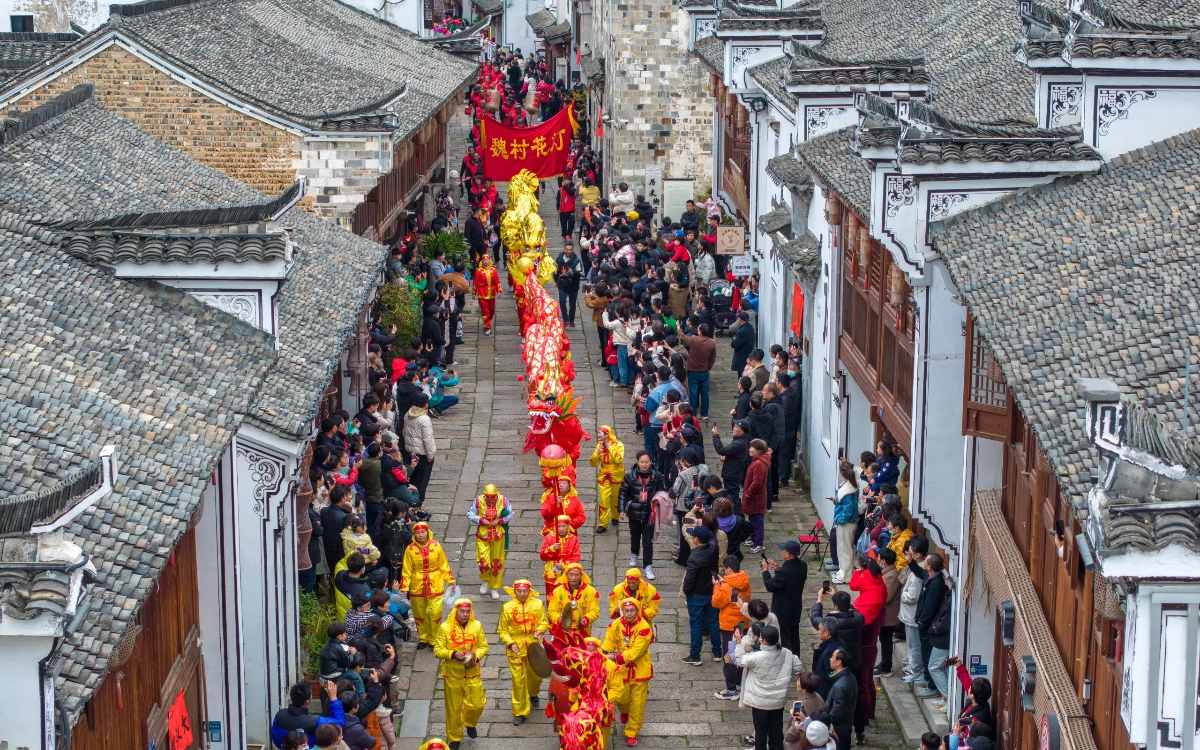Quzhou's revitalized rural areas go from polluted to picturesque
For China's 560 million rural population - especially for those who migrated to big cities to seek job opportunities and only come back during holidays such as the Spring Festival - working in cities for a couple of years to build their own houses in their rural villages has long been their unchanged dream and inspiration.
With the annual income for rural residents witnessing robust growth over the past two decades, scattered and crowded houses have emerged in villages and small towns around the nation, making construction of public facilities and infrastructure such as parking lots, green belts and public amusement areas difficult for local authorities.
Meanwhile, with more youth flocking to cities for better education and career prospects, more empty and neglected houses are popping up in the countryside.
Take Quzhou for example. The area for the city's registered idle rural houses had reached 1.2 million square meters by March last year, accounting for over 5 percent of the total.
"Disordered and unplanned construction has long been a vicious cycle that hinders the effective and scientific realignment of rural housing in China," said Zhou Jinyue, deputy director of the urban planning bureau in Quzhou.
Since April last year, Zhou's bureau has applied systematic planning that comprises designs for rural houses, villages and towns into the city's rural housing rectification projects.
Meanwhile, villagers can check, consult and determine the construction period, and they can even obtain loans from banks under an information sharing system that the bureau developed for rural house reconstruction.
All these measures have been successful. Within 10 months, a total of 34.6 million sq m of rural housing were renovated or redesigned, with 138,000 sq m of areas for public facilities added.
"Rural housing rectification in a planned manner ... has become a momentous mission to realize rural revitalization," said Xu Wenguang, Party chief of Quzhou. "We should always put scientific planning as our first priority, making room for more space and green areas in the process of rural revitalization."





 play
play